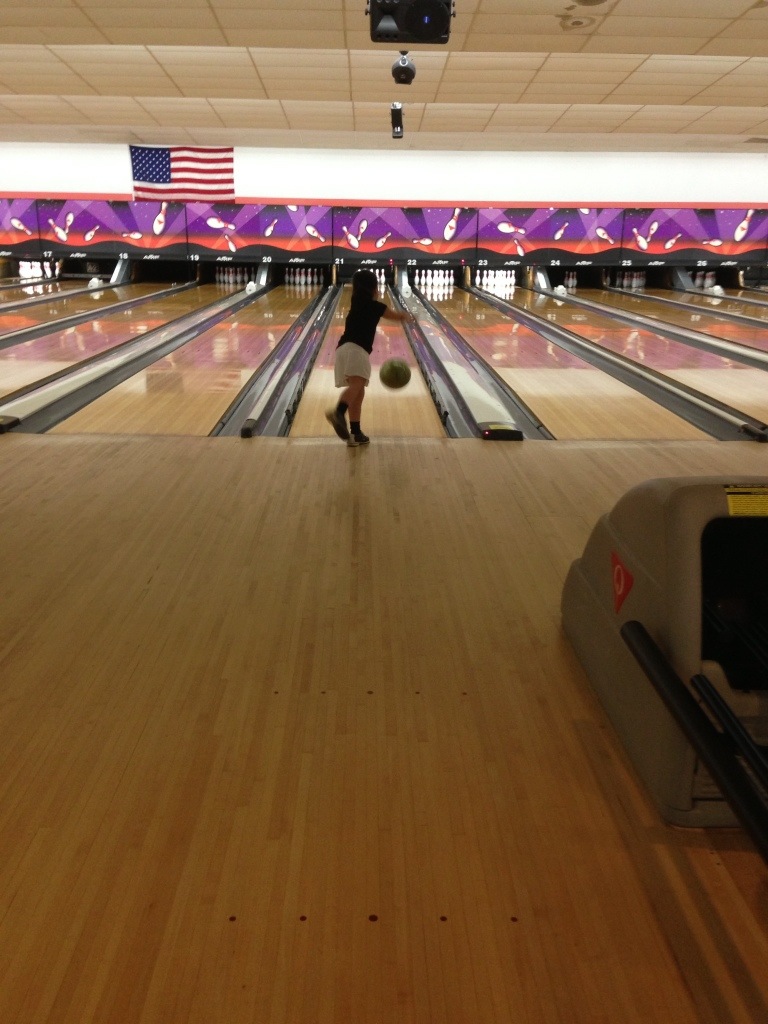When I started teaching at SLA, there was a standing assignment for 9th grade students. It had begun with the inaugural class and had continued into the second year when I picked up my teaching load. Me Magazineswere a way for students in their English classes to get to know and share about one another as they started a new year in a new school. As SLA draws from myriad middle schools around Philadelphia, it made sense for this new cohort to have a chance to share and get to know one another.
I don’t share this with any illusions that Me Magazines were avant garde or broke any molds of creativity. I’ve been around enough to know the Me Magazine was of a family of activities teachers ask of their students at the start of the school year. There’s the Where I’m From poem, the I Am poem and any number of derivations. Instead, I’m sharing about Me Magazines because I wish I hadn’t assigned them.
They started my year off on the wrong foot. It was in that gray area that looks like augmented student agency. It tiptoes around authenticity. “The students are writing about themselves, their lives, and their experiences,” you might say, “How is that not agency and authenticity?”
Well, for one, their doing it in a way that says, “This is how you share about yourself in this space. I want you to talk about yourself and consider where you’re from, but I want you to do it in the way I tell you to.” While the content may be specific to the student, such assignments are often a more creative version of telling students they need to make a PowerPoint presentation and it needs to have N slides with X on Slide Y, etc.
To redesign the assignment, my question is always to return to the purpose of the task and experience. What, at its core, are we attempting to do when we assign these get-to-know-you openers to the school year?
- We, as teachers, want to know who these fresh faces are and how they talk about themselves.
- We want to students to have a forum to share pieces of their histories with their peers.
- We want to see what they can do as a baseline in writing when give familiar content.
- We want to create a sense that this space is one where it is safe to share.
- We want to position the class as one where agency, voice, and authenticity matter.
So, let’s take a turn at opening up the assignment so that we are adding structure to the experience, but not necessarily the final product.
- Instead of building in your questions for content, open up the assignment for students to share the aspects of classmates they think it’s important to know and share. Compile a brainstormed list as a class and then give students (maybe in groups) a chance to elect one question to priority status, so it’s built into the assignment. This is also an opportunity to work on building consensus.
- Open the format of the presentation of learning to student choice. “What’s the best way for you to share who you are with this class?” This not only opens up student agency and choice, but it will help you see whom among your students decides to perform and who decides to build or code.
- Explain your purpose as a teacher. The learning shouldn’t be a secret. Yes, you’ll open it up to students’ chosen presentation formats, and you’re looking for some specific understandings as well. If this is an assignment that is meant to help you understand students as writers, then tell perhaps whatever they design must include a written component. Or, if you want to keep the thrust of things open, say the one thing you’re going to require is a reflective piece of writing explaining why they made the choices they did and how they think those choices affected the outcome.
- Have options at the ready. As was the case in my classroom, you’re going to have students who are overwhelmed by choice. Have pathways at the ready to help these students work through selecting the right format for them. This is where you might drop in Diana’s speed learning activity. You might pair students who are stuck with parents who immediately stand out as wealths of ideas. And, in the rare moments all this doesn’t help, you’ve got those formats mentioned above at the ready to be modified to fit whatever the class has decided is important.
Making these tweaks to the traditional assignment moves us closer to our goals for the experience while also adding in elements of collaboration, student inquiry, and making the classroom a more transparent place.
Cross-posted on Medium.

